Biologist Michael Parker, SOU Professor of Biology tells about the Jenny Cree sucker.
Mandy Noel (R), SOU Environmental Education graduate student tells about Fall-in-the-Field.
Volunteer “citizen scientists” and their extra eyes and hands help botanist Darlene Southworth with scientific research. In 2010, Southworth found a rare species of truffles under mountain mahogany trees in the Cascade-Siskiyou National Monument. She was among a panel of scientists to tell about their work during a February 2014 presentation at Mountain Park Nature Center, Ashland.
Doug Kendig, botanist at the BLM Medford District and coordinator of research in the Monument gave introductions. He explained, “The Monument provides an opportunity to discover and acquire scientific understanding of a relatively undisturbed landscape with unique natural resources and landscape processes in southwest Oregon. We can integrate that knowledge into the larger context of our planet for the benefit and enjoyment of the American public.”
Darlene Southworth, botanist and SOU Professor Emerita reported collecting nearly 700 specimens of mycorrhizal fungi (truffles) associated with oak and mixed conifer-hardwood habitats in the Monument. Her ongoing research will complete species identification to verify rare species and to determine truffle biodiversity in other areas. Volunteers are needed for her 2014 survey team. Learn more and apply.
John Alexander, ornithologist and Executive Director of Klamath Bird Observatory discussed using bird monitoring data to develop bird distribution models and to provide a baseline understanding of the status of birds in the Monument. Results will determine the relative contribution of the Monument towards meeting national and regional bird conservation objectives.
Michael Parker, biologist and SOU Professor of Biology summarized his research on the Jenny Creek sucker, endemic to the Monument and northern California. This sucker is imperiled and at high risk of extinction. This fish exhibits a migratory life history, but little is known about this behavior, which makes it a high conservation priority.
Marcus Lorusso, botanist, discussed Seeds of Success (SOS), a national effort to collect, conserve and develop native plant materials for stabilizing, rehabilitating and restoring lands in the United States. Lorusso collected seed from Monument plants and sent them to the Millennium Seed Bank. SOS teams share a common protocol and coordinate seed collecting and species targeting efforts. SOS is a vital part of the Native Plant Materials Development Program.
Mandy Noel, SOU Environmental Education graduate student, summarized Fall in the Field a daylong field trip for K-12 students in Medford and Ashland public schools.
What a quiet treasure the Monument offers as we explore, at any age, and share the wilderness of knowledge.
--Terry Dickey, Chair, Friends of Cascade-Siskiyou National Monument


